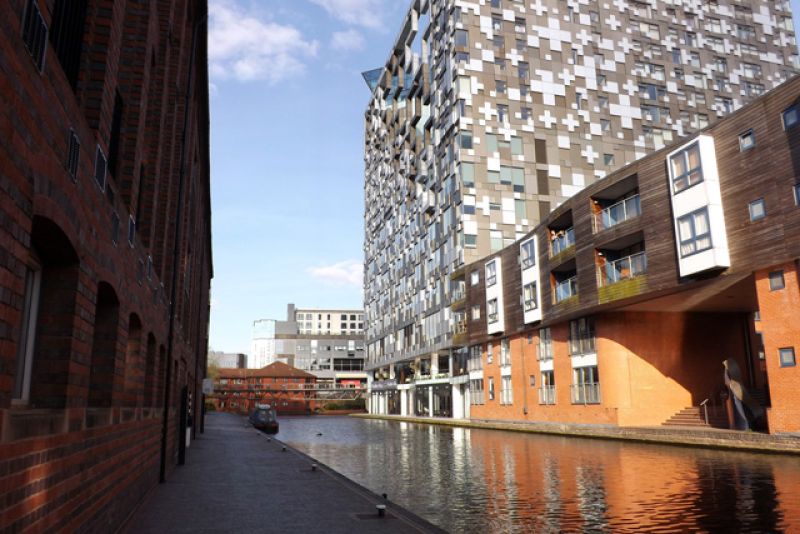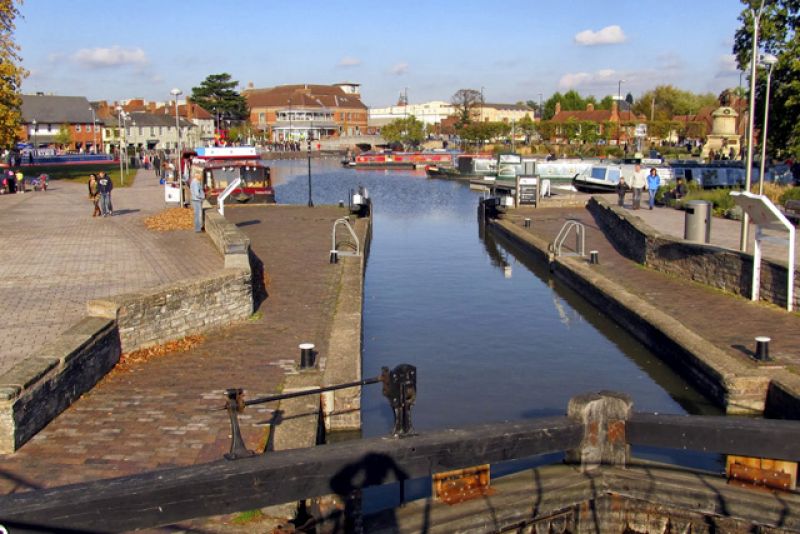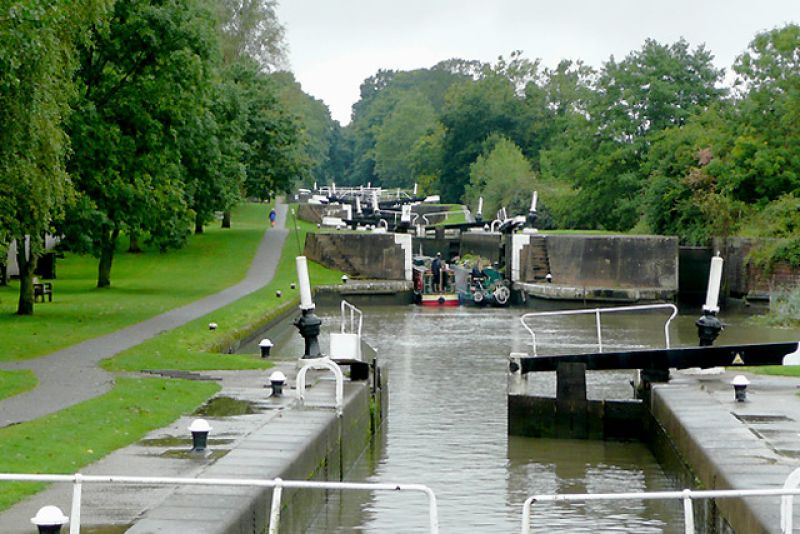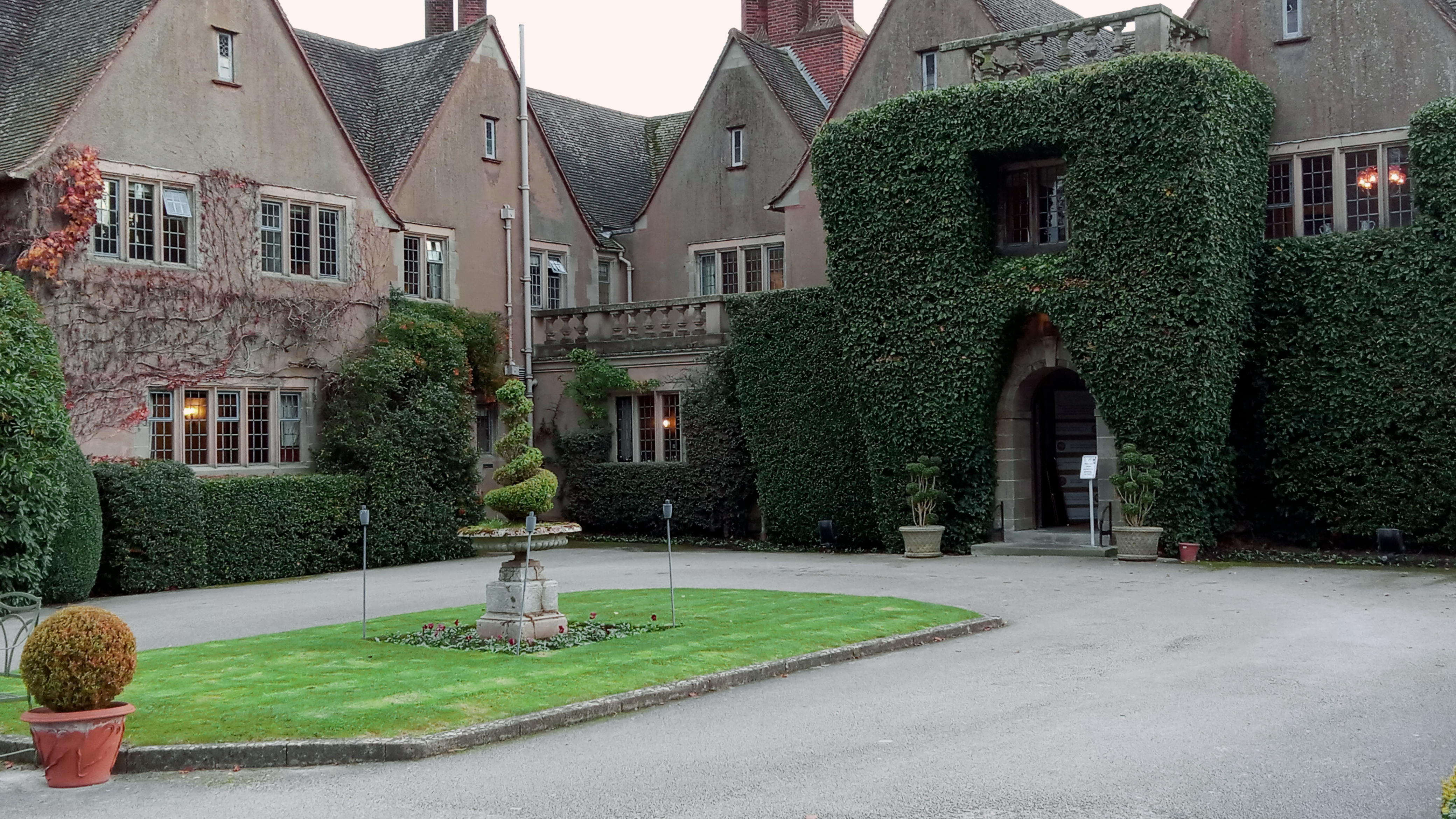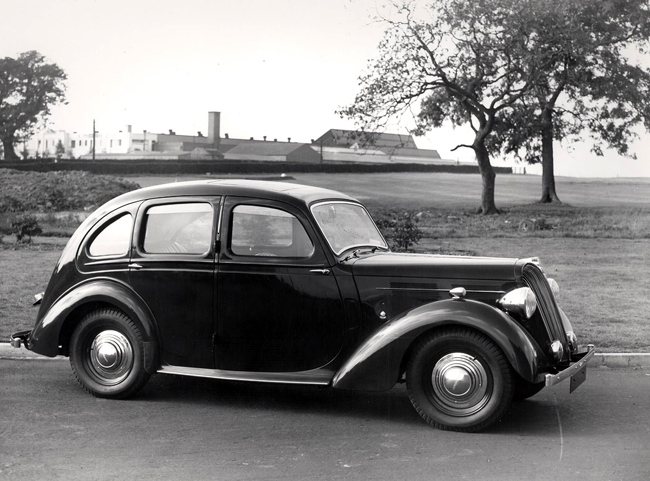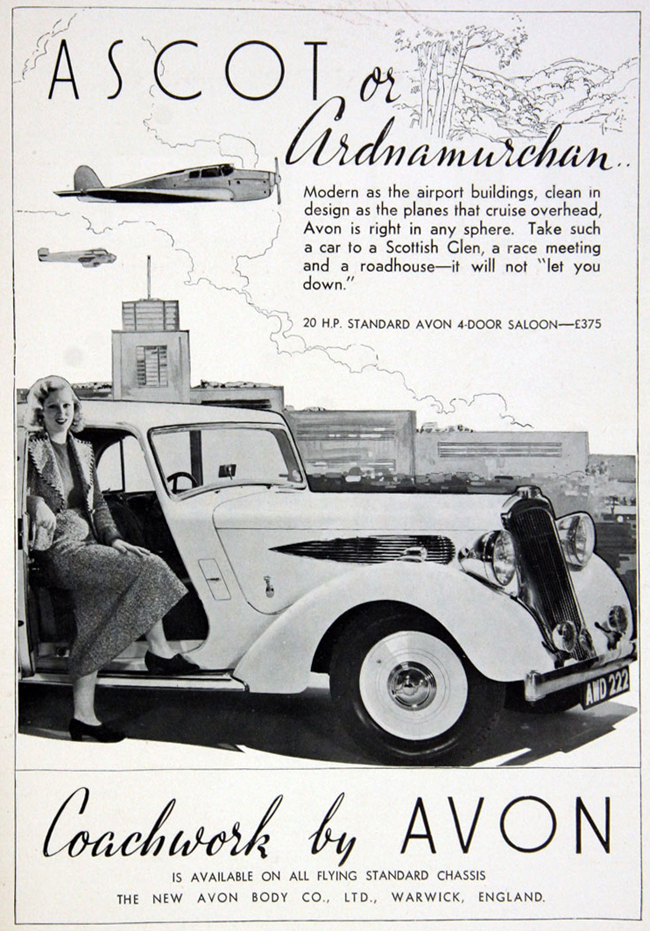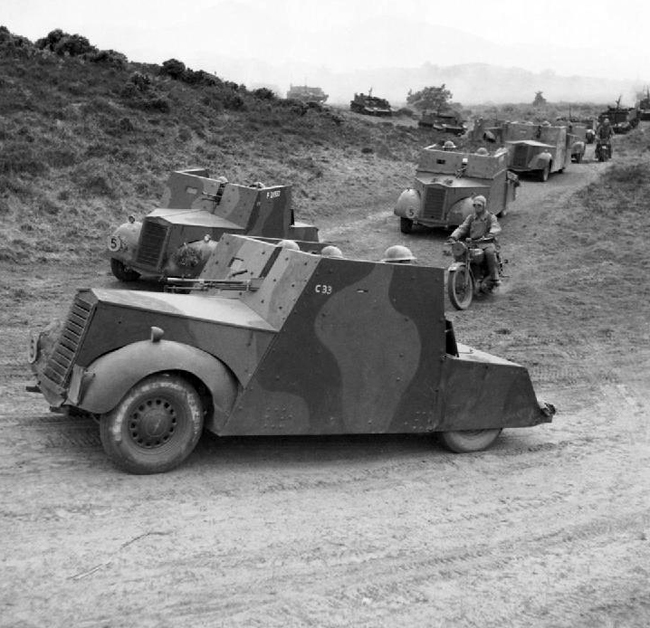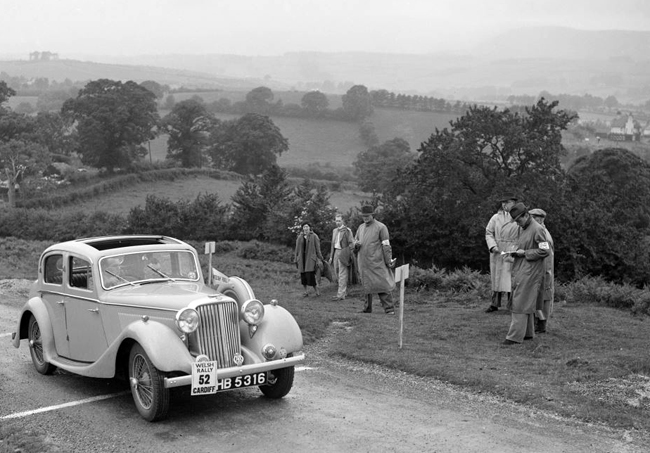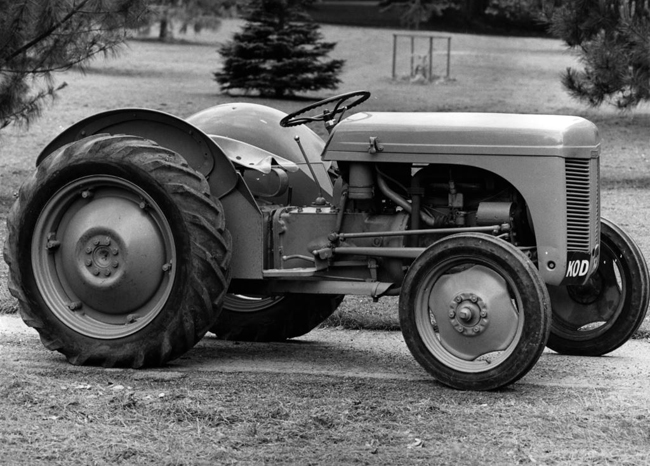Created Date:
Last Modified:
Commentary
Born in February 1895 at 151, Kings Road, Kingston-upon-Thames, John Black was one of six sons and two daughters. He was educated at St Paul’s School in London and by the age of 16 was working in Chancery Lane as an articled clerk for patent agents Stanley, Popplewell & Co.
After the outbreak of war in 1914, he joined the Royal Naval Volunteer Reserve, serving at Gallipoli, before transferring in 1917 to the British Army, and the Heavy Branch of the Machine Gun Corps. It was men from this group who crewed the first British tanks, and Lieutenant Black, as he then was, was almost certainly amongst them.
After his demobilisation in 1919, having attained the rank of Captain, John Black found himself one day sharing the same train compartment as a fellow officer from his former regiment.
Major Thomas Dick worked for the Auto Machinery Company in Coventry, established by William Hillman in 1886. He also happened to be married to one of William Hillman’s six daughters, and explained that he would be pleased to introduce John Black to one of his wife’s sisters.
By the end of the year, John Black had joined the Hillman Motor Car Company as a sales manager and, in April 1921, married Margaret Hillman (known as Daisy), William Hillman’s fifth daughter.
In 1922, he was appointed a director at Hillman’s, and then promoted to managing director after the company merged with Humber in 1928. His brother-in-law, Spencer Wilks, married to Kathleen Hillman, was chairman.
By this stage, the Rootes brothers, Britain’s largest motor retailers, had the sole distribution rights for Hillman and were significant shareholders within the company. After the merger between Hillman and Humber, Rootes’ influence increased significantly, and it was at this point, in July 1929, that both John Black and Spencer Wilks decided to stand down. Spencer Wilks joined the Rover Company, and John Black moved to the Standard Motor Company, as general manager.
Founded by Reginald Maudslay in 1903, Standard had grown from a small business, employing just seven people, to become one of Britain’s major motor manufacturers. The early and mid-20s had been a relatively prosperous period for the company but, as the decade wore on, sales and profits began to fall, and the possibility of a takeover (from the Rootes brothers) became more and more likely. John Black’s appointment was designed to counter this decline, and head off the imminent crisis.
Under his leadership, working initially as assistant to the chairman, production at Standard’s rose from 7,000 vehicles a year in 1930 to more 20,000 in 1934. Key to this success was John Black’s drive and ability to establish more efficient ways of manufacturing.
After Reginald Maudslay’s death in 1934, Black became managing director, aiming to produce stylish cars at prices that the ‘ordinary family’ could afford. It was shortly after this this that the elegant ‘Flying Standard’ range was introduced, with fastback bodies enclosing the luggage boot and spare wheel.
It was also during this period that Standard made their engines and chassis available to other manufacturers and coach builders. These included Morgan, the New Avon Body Co., and Swallow Coachbuilding, later known as S.S Cars; Standard’s V8 engine was also used in the short-lived Raymond Mays.
Despite his rather traditional, military bearing, some of John Black’s working methods were well ahead of his time. He is said to have paid close attention to the cleanliness and appearance of the factory, to have introduced a non-contributory pension scheme for shop-floor workers (long before providing one for executives), and also to have offered more training and education opportunities for young workers than was customary at the time. He was also often found walking around the factory, personally checking on how things were going.
However, it is true to say that John Black nevertheless developed a rather imperious reputation, which followed him all his working life. His qualities of leadership and attention to detail engendered huge loyalty from many of the workforce, but others found his working methods dictatorial, and this was ultimately his undoing.
In 1936, John and Daisy Black moved into Mallory Court. Built in 1915, for James Holt, a retired cotton-bleacher from Manchester, the Elizabethan-style house was set on an estate of 12¼ acres with large gardens, pasture, garaging, stabling, and two further cottages.
It was around this time that Black, together with the heads of a number of other motor manufacturers were invited to join the Government’s shadow factory scheme. Created in 1936, amid fears of a forthcoming war and Britain’s unpreparedness to meet such a threat, the Shadow Scheme was set up to manufacture aircraft and armaments using the technology and skills already available in the motor industry.
The new factories were government-financed and equipped, and the motor manufacturers involved were paid a fee for their services as managing agents. The Standard Motor Company was allocated two shadow factories; one was built on vacant land at Canley, adjoining their existing factory; the other at Banner Lane on the western edge of Coventry, and one of the largest of its kind.
By 1939, Standard were building 100 de Havilland Gipsy Moth aircraft a month, with a further contract for Airspeed Oxford trainers. During the course of the War, they built de Havilland Mosquito aircraft, Bristol Hercules aircraft engines, sections of fuselage for the Bristol Beaufighter, fire pumps, Beaverette armoured cars, and many other pieces of military equipment.
It was also in 1939, just three years after moving in to Mallory Towers, that John and Daisy Black were divorced. Nick Black’s account (see below) of his father’s life suggests that the couple had been drifting apart for a number of years. In 1933, John Black had begun a relationship with Joan Linton, 17 years his junior, and the daughter of the Assistant Bishop of Birmingham. Following his divorce, the couple faced considerable opposition over their intention to marry. However, the wedding did eventually take place in 1943 (the same year as John Black was knighted for his services to the Shadow Factories Scheme), and the couple continued to live at Mallory Court.
In November 1944, the Standard Motor Company purchased what remained of the assets of the Triumph Company Ltd, latterly makers of stylish sporting saloons and coupés.
Triumph had gone into receivership in June 1939 after a period of falling sales, and unsustainable costs. Less than three months later, they were bought by Thomas W Ward, engineers and ship-breakers, based in Sheffield, who almost certainly had little or no intention of retaining long-term car production.
With the outbreak of war, the Triumph works were inevitably turned over to war production, although this came to a sudden end in November 1940 when the factory was almost entirely destroyed in the devastating air raids on Coventry.
Standard had bought Triumph for £75,000. For this, the company obtained the premises, the remaining plant, stock, plans, tools, and fittings – plus, of course, the Triumph name which, for Sir John Black, was the most important asset of all.
Since 1931, Standard had supplied William Lyons with engines and other mechanical components for his new S.S./SS Jaguar cars. It has been said that Sir John felt that Standard was not given enough credit for their part in the success of this new company, which led to a desire to beat William Lyons at his own game, particularly after Standard’s takeover offer at the end of the 1930s was firmly rejected. The purchase of Triumph, therefore, provided Sir John Black with the means to produce his own sporting saloons and sports cars.
In February 1945, it was reported that Sir John Black had taken up the option of retaining the Shadow Factory at Banner Lane when hostilities finally came to an end, with plans for a five-six seater car (the Standard Vanguard), together with a light 4WD utility vehicle.
However, the vehicle that was to become most closely associated with the factory was the Ferguson tractor, announced in October 1945.
Harry Ferguson, one-time racing driver and aviator from County Down in Northern Ireland, had been interested in tractors for many years. His major breakthrough was the development of a three-point linkage (as opposed to a drawbar) through which an implement was fixed to the tractor, transferring the weight and resistance to the driving wheels. This gave the tractor much more usable traction, allowing it to be much lighter (and cheaper) than its rivals. With a factory already up and running in the United States, Ferguson was looking for a manufacturing base in Britain to serve Europe and the Commonwealth.
With discussions between Harry Ferguson and Lord Nuffield not going particularly well, Sir John Black stepped in with an offer to build the tractors at Banner Lane, and agreement was quickly reached.
The first Standard Fergusons were produced in July 1946, initially with an American Continental engine. This was replaced a year later by Standard’s own 1.8-litre engine, (soon enlarged to 2.1-litres), which was also used in the Standard Vanguard, the basis of Standard’s new one-model line-up.
At the same time, a new range of Triumph cars were being launched: the 1800 Roadster, and the 1800 Town and Country Saloon. The external design of both cars was entirely new, but the suspension was carried over from the Standard Flying Fourteen. Its 1776cc overhead-valve engine had originally been developed by Standard and supplied to S.S/SS Jaguar for the 1½-litre saloon.
In October 1950, John Black sold Mallory Court and moved with his family to Warninglid Grange, a large house situated between Horsham and Haywards Heath, in Sussex. Interestingly, Mallory Court was bought by Ferguson Ltd, and for a number of years was the home of company managing director, Alan Botwood, before he moved to Rover.
In order to be closer to work, Sir John took up a second residence at Longfield, a former Tudor manor house owned by the Standard Motor Company, in the Warwickshire village of Bubbenhall.
The next three years were an exceptionally busy, and largely profitable, period for Standard-Triumph, with a steady stream of new models. Sales of the Triumph Mayflower finally got underway; the Triumph 2000, later known as the Renown, was launched (as a much revised version of the Town and Country Saloon), and the prototype Triumph 20TS (the forerunner of the TR2) was shown at Earls Court.
However, John Black’s personal and professional lives were proving to be less successful. His complex nature and erratic behaviour led to a marital separation towards the end of 1953, with his wife Joan later describing their marriage as “Heaven and hell, usually in the same day.”
His temperament was also the cause of his departure from Standard-Triumph. “Love” and “hate” are words that have been used to describe his relationships at work, and by 1953, his executive decisions were becoming increasingly capricious and impulsive.
With considerable discontent developing over the summary dismissal of respected colleagues, the final straw came in October 1953 when Sir John signed a long-term contract for the manufacture of tractors for the new Massey-Harris-Ferguson partnership without consulting the Standard-Triumph board, and almost certainly against their wishes.
The trigger to his departure were the injuries he sustained a month later in motor accident on Banner Lane, in a demonstration of the new two-seater Triumph-engined Swallow Doretti.
Suffering a fractured right arm, cuts, bruises, and shock, he faced a short stay in hospital, followed by period of convalescence in the South of France. On his return to England he was summoned by the Standard-Triumph board to a meeting at Longfield and asked to sign his own resignation.
At the beginning of January 1954, newspapers reported that Sir John had stepped down from the company on medical advice, following the injuries sustained in his recent accident. No mention was ever made at the time, at least in public, of the principal reason for his departure. He was replaced as managing director by Alick Dick, his long-time deputy.
Towards the end of 1954, John and Joan’s separation became permanent, and John moved to Dolbebin Farm, near the village of Llanbedr in North Wales. He died of a heart attack in 1965, at the age of 70, and is buried in the graveyard at St Peter’s Church, Llanbedr.
On January 18th 1966, a memorial service for Sir John Black was held at Coventry Cathedral. The 700-strong congregation included shop floor workers and executives who had worked with the former chairman. Tribute was paid to his leadership and vision, and also to the way in which he would embrace controversy. Interestingly, the address from Coventry’s industrial chaplain included a plea for people to recognise that, alongside these strengths of character, there were inevitably drawbacks.
Mallory Court became a hotel in 1976, and although it has been significantly developed since then, many parts of the original building remain.
Further details
• Triumph & Tragedy, Nick Black, published by the author.
• Twentieth Century Coventry, Kenneth Richardson, Macmillan, 1972.
• Triumph Cars, Graham Robson and Richard Langworth, Motor Racing Publications Ltd., 1988.
• The Mallory Court Hotel website: https://www.mallory.co.uk.
